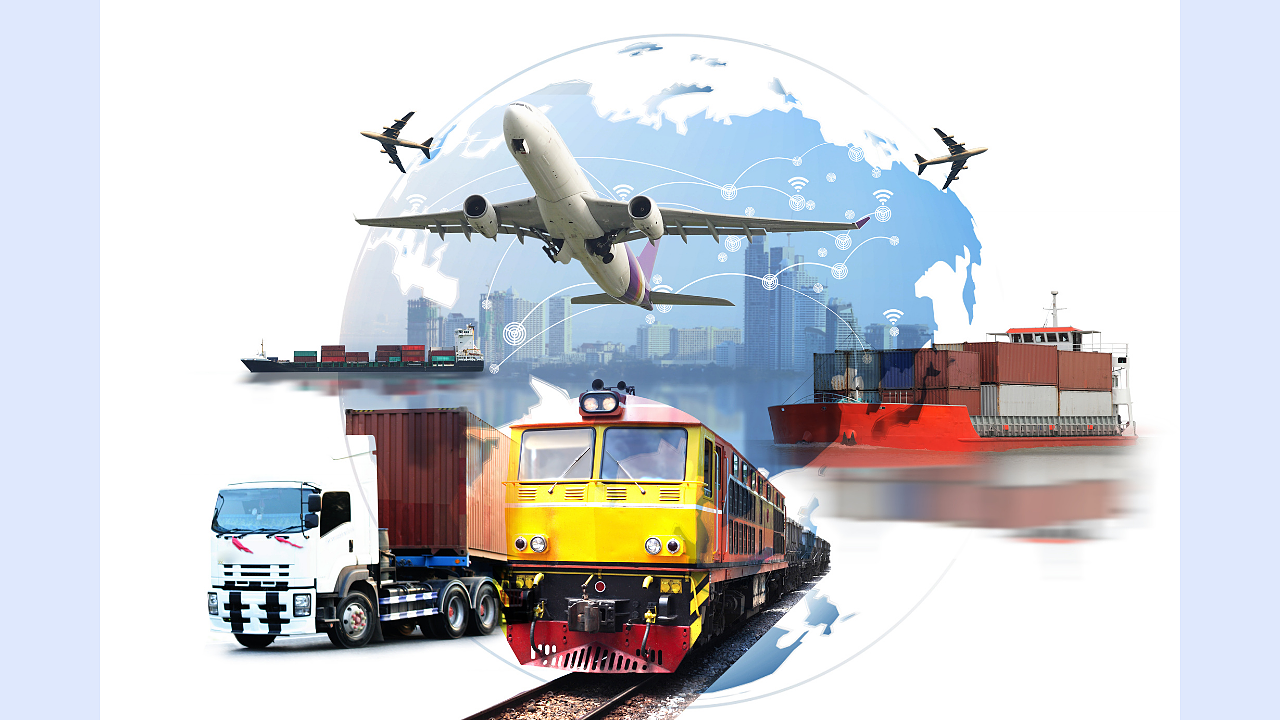
The movement of goods across India and beyond its borders has created economic opportunities for organisations of all sizes, and logistics play a critical role in the entire ecosystem.
According to NITI Aayog, the logistics sector represents 5% of India’s Gross Domestic Product (GDP), employing about 22 million people, handling 4.6 billion tonne of goods each year with an estimated value of INR 9.5 lakh crore. The goods transported include a host of products ranging from agricultural goods (22%), mining products (39%), and manufacturing-related commodities (39%).
Interestingly, the trucks and other vehicles handle almost all the movement of these goods in the first-mile, mid-mile and last-mile connectivity. Railways, coastal and inland waterways, pipelines, and airways account for the rest.
According to a report: ‘Fast Tracking Freight in India: A Roadmap for Clean and Cost-Effective Goods Transport,’ released by NITI Aayog, RMI and RMI India last week, the freight transport demand is expected to proliferate in the future on account of the rising demand for goods and services. However, while freight transport is essential to economic development, it is plagued by high logistics costs and contributes to rising CO2 (carbon dioxide) emissions, and air pollution in cities and states, the report noted.
According to the report, India has the potential to reduce its logistics cost by 4% of the GDP. The country can eventually achieve 10 gigatonnes of cumulative CO2 emissions savings between 2020 and 2050 and reduce Nitrogen Oxide (NOx) and Particulate Matter (PM) emissions by 35% and 28%, respectively, until 2050.
Mobility Outlook spoke to a few stakeholders in this ecosystem to understand the opportunities from the user perspective.
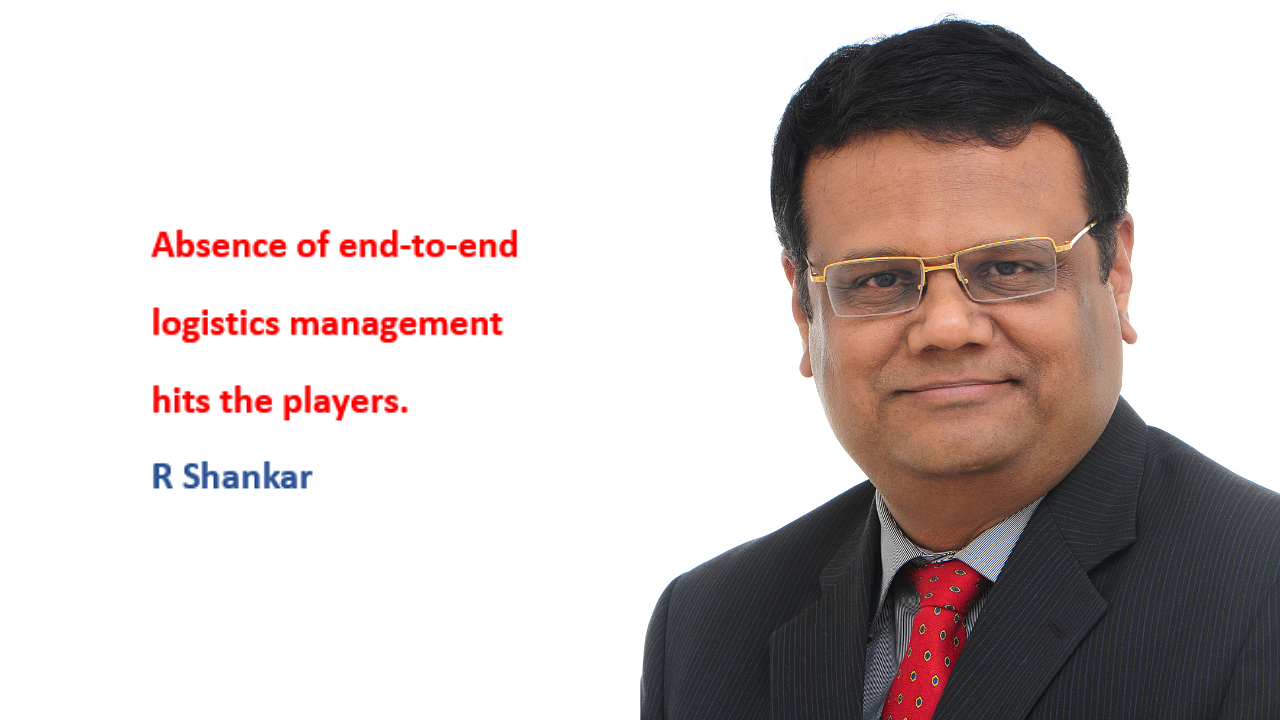
Factors plaguing the sector
Listing out the reasons for the higher cost of logistics in India, R Shankar, CEO, TVS SCS India said poor infrastructure, lack of connectivity, fragmented logistics market with small players, lower acceptance of outsourcing logistics (3PL & 4PL), lack of integrated players across different modes and geographies, lack of standardisation and IT infrastructure hamper the logistics industry from a cost perspective.
Besides, the complexity of the international trade documentation process also increases the logistics cost. The absence of complete end-to-end logistics management also hits the players, he added.
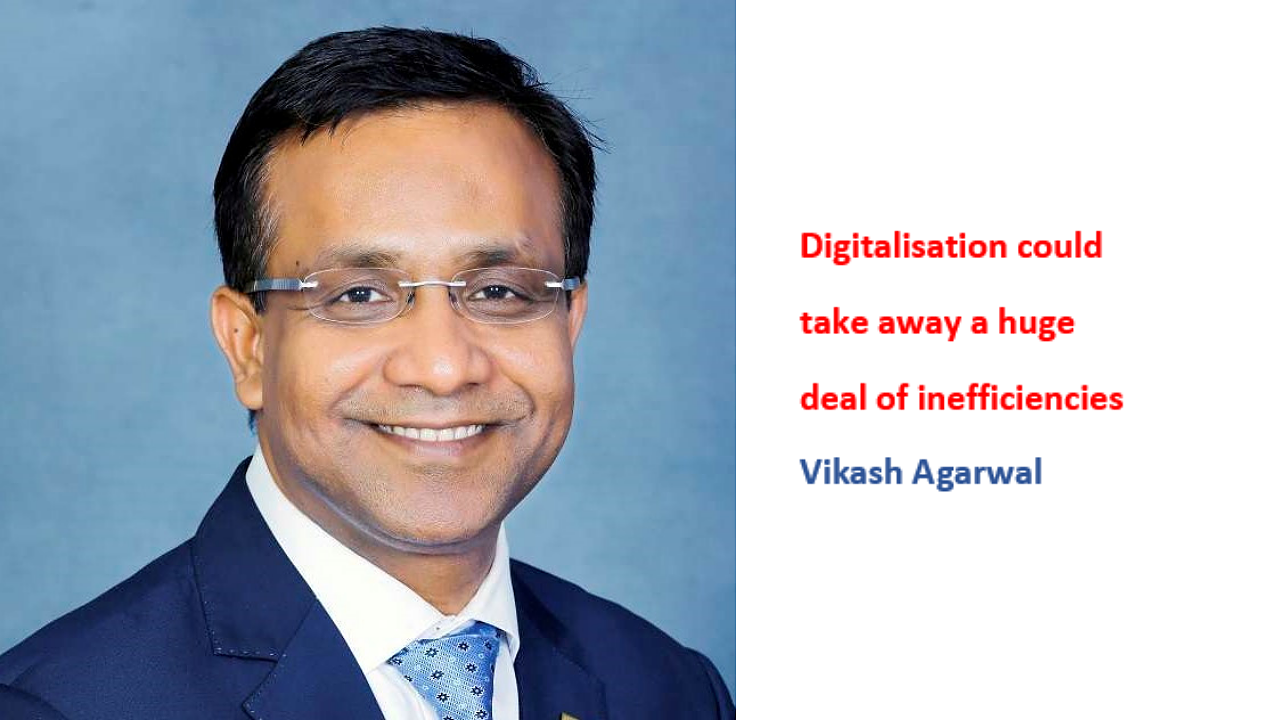
According to Vikash Agarwal, Managing Director, Maersk South Asia, there are primarily two main reasons for a higher total cost of logistics in India – the slow pace of transportation and the many procedural stoppages along the way.
Alexandre Amine Soufiani, Managing Director & CEO, FM India Supply Chain said best-in-class warehousing infrastructure, supply chain visibility, IoT, robotics, digitalisation and automation, are key ingredients to reduce logistics costs in India.
Overseeing and maintaining visibility and controlling the supply chain can reduce unexpected costs. Service disruptions or massive shipment delays can be alleviated quickly by tracking and managing control over the products, parts, and components in transit. The Internet of Things (IoT) has the potential to accelerate data-driven logistics.
Sharing the experience of his company that deployed drones for inventory control at one of its operations, Soufiani said, driven by rapid technological advancements and greater affordability, robotics solutions are entering the logistics workforce, supporting zero-defect processes and boosting productivity.
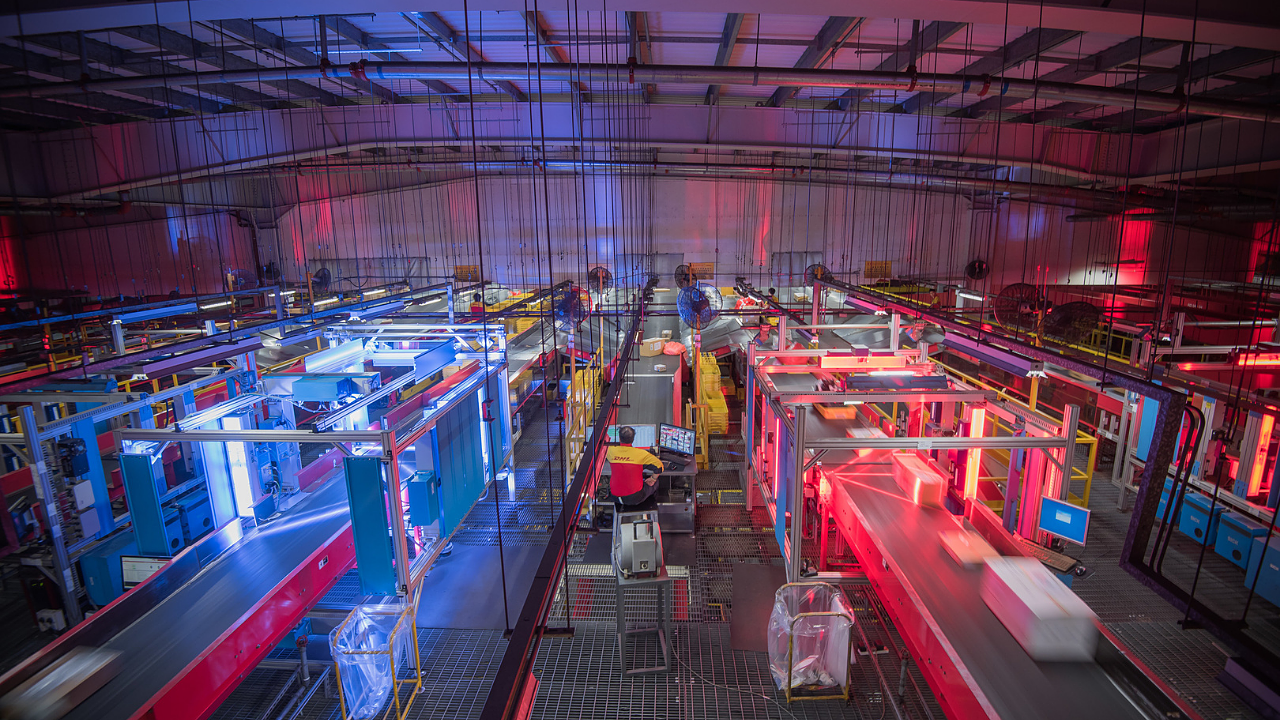
Ways to lower logistics wastages
Shankar opined that several aspects were to be looked at to reduce the wastage in the logistics value chain. Addressing inefficiencies, better utilisation of infrastructural assets, improved productivity, addressing institutional roadblocks, and moving away from fragmented ways of operating will help reduce wastages. Besides, consolidation of freight/warehouse operations will help lower inventory carrying costs.
He said that improving intermodal and last-mile connectivity, reducing dependency on the road, optimising freight traffic across modes will add additional value.
Outsourcing 3PL (third-party logistic provider) will lead to value addition and technology orientation due to reduced transportation costs on account of consolidation, cost-efficient shipping methods and a balanced-modal logistics network.
Besides, higher automation, intelligent inventory decision making, adoption of new upcoming technologies to get visibility of the entire supply chain, capabilities of investing in Tier-2/3 cities, trained workforce and service standardisation will lead to higher value creation, he averred.
How to make the transport system more cost-effective, efficient, and cleaner?
Agarwal said the dependence on road transport vis-à-vis rail is much higher and leads to slower and more expensive transportation. The limited hinterland-port rail connectivity needs to be addressed to support the exporters, especially from Tier-2/3 cities. By removing procedural blocks, goods move faster, and that is the best way to bring down the cost of logistics.
Addressing infrastructural needs is critical, opined Shankar. Rapid infrastructure development across all modes of transportation will reduce the industry’s dependence on the road, eventually encouraging a balanced modal network. Interconnection between the modes, standardising transportation movement by promoting containerisation will help logistics become cost-effective, he said.
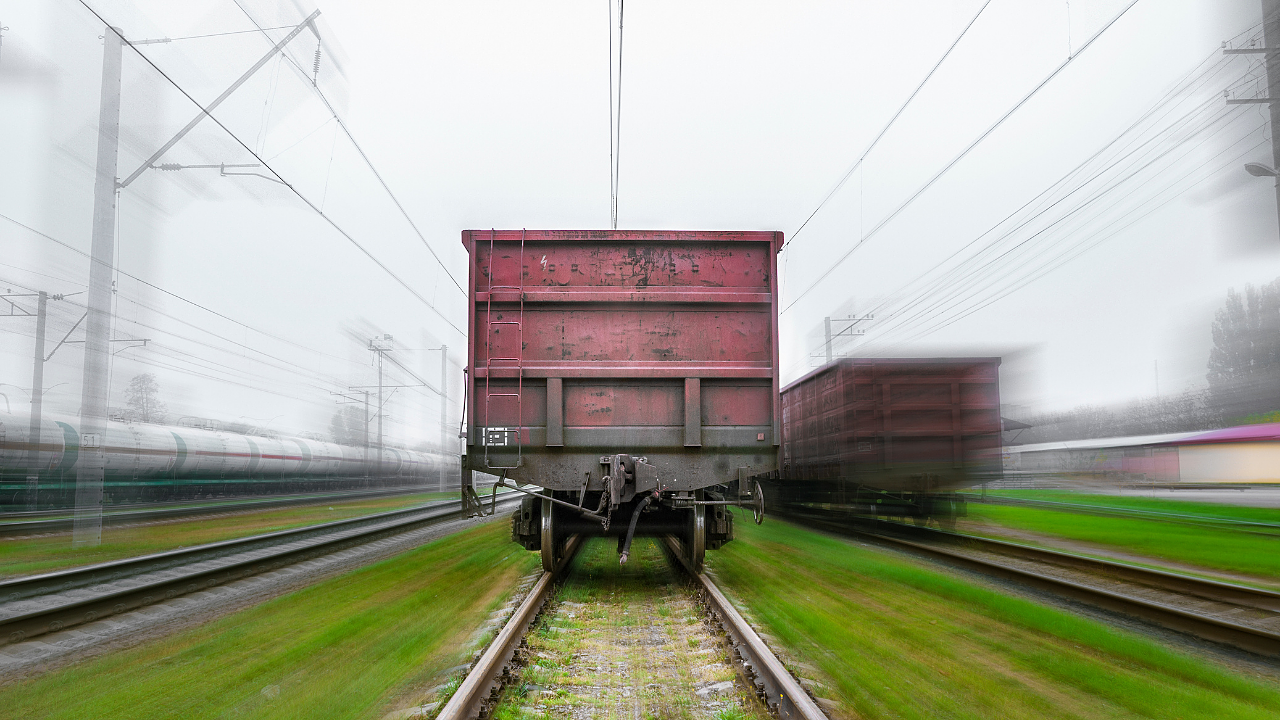
The government must look at developing logistics infrastructure in partnership with the private sector. In addition, logistics policy must be developed covering the first mile and last mile linkage, post identification of potential multi-modal corridors after mapping current infrastructure, industrial clusters and analysis of the origin and destination cargo.
Any infrastructure development should not be looked at in isolation, but as part of an integrated multi-modal system of transport, he said. Further, the government could look at easing documentation, digitisation and faster clearances for key support infrastructure, and drive paperless and use of single window platforms. He reiterated the need for improvement across transport modes.
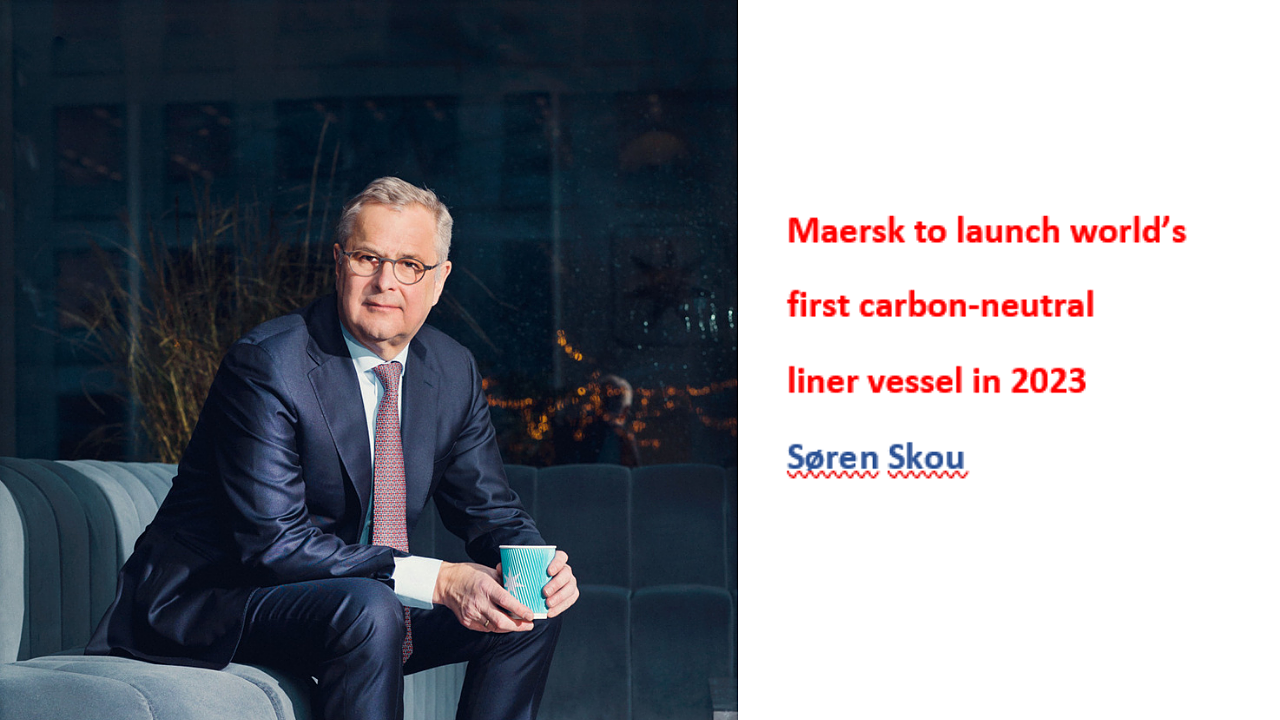
It may be recalled that Søren Skou, CEO, A P Moller – Maersk had stated that fast-tracked by advances in technology and increasing customer demand for sustainable supply chains, the company accelerated the efforts to decarbonise marine operations with the launch of the world’s first carbon-neutral liner vessel in 2023 – seven years ahead of the initial 2030-ambition.
All future Maersk owned new buildings will have dual-fuel technology installed, enabling either carbon-neutral operations or operation on standard very low sulphur fuel oil (VLSFO). “Our ambition to have a carbon-neutral fleet by 2050 was a moonshot, when we announced in 2018. Today, we see it as a challenging yet achievable target to reach,” he added.
A carbon-neutral future for shipping requires innovation, test and collaboration across multiple industry partners. Therefore, the company explores several carbon-neutral fuel pathways and expects multiple fuel solutions to exist alongside each other in the future. Methanol (e-methanol and bio-methanol), alcohol-lignin blends and ammonia remain the primary fuel candidates for the future.
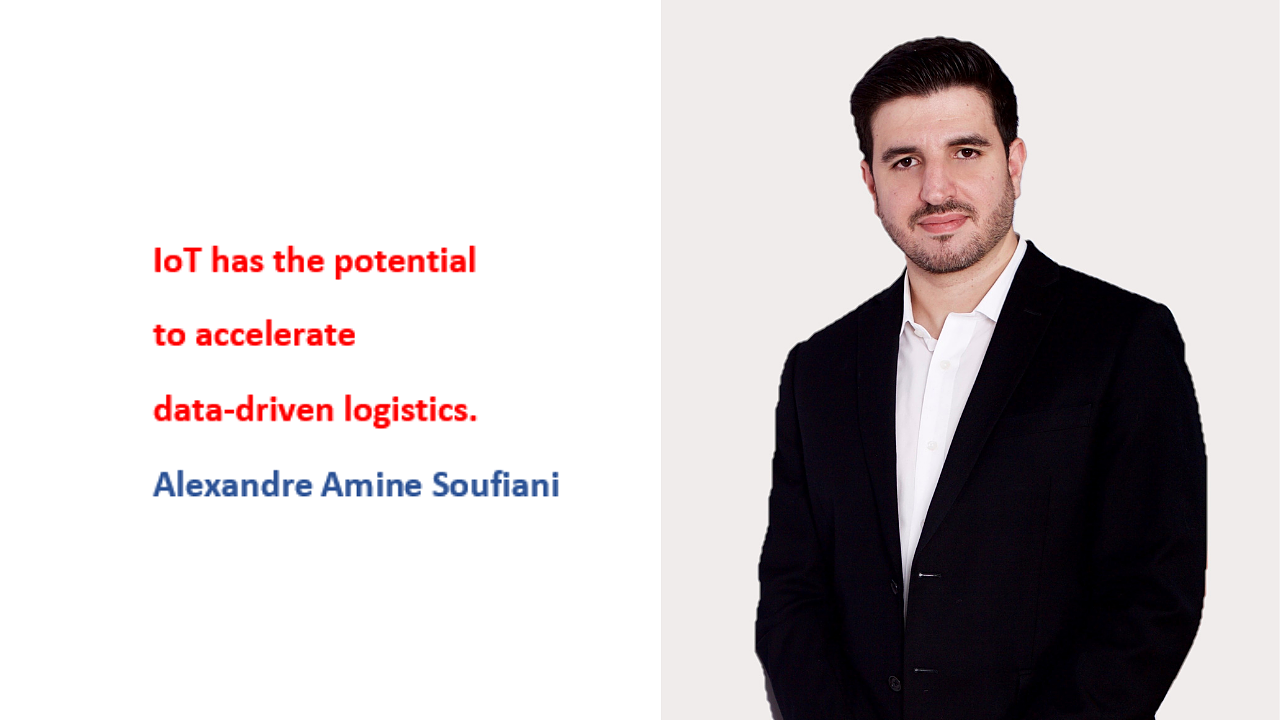
Soufiani opined that policies to address the challenges of combating air pollution, reducing CO2 and noise emissions, transport congestion and improving safety are becoming increasingly important. His company is decarbonising its distribution activities and last-mile logistics.
Round-up
Shankar said the transformation of transportation logistics is expected due to infrastructure development, digital platforms and online freight services, process automation, e-commerce that brings in sophistication in logistics practices, start-ups and new business models and increasing levels of logistics outsourcing.
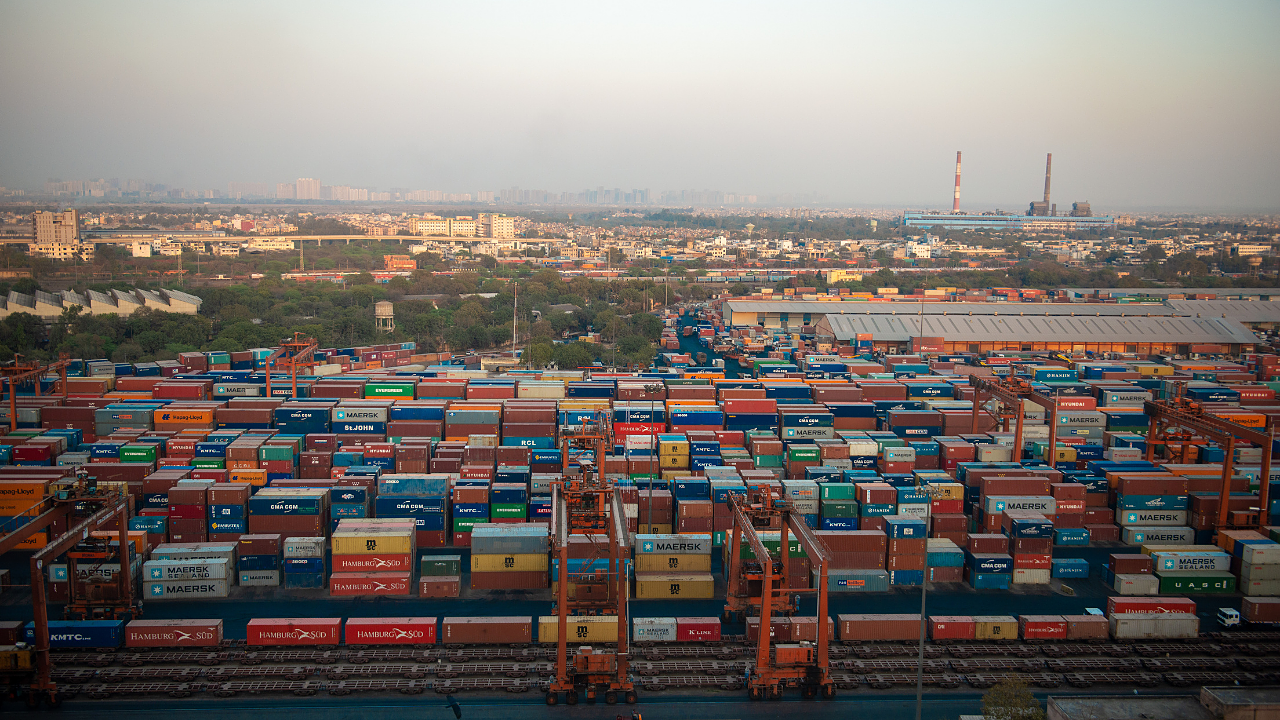
According to him, the technologies that augment cost-effective, efficient, and cleaner transportation include shipment tracking, transport management solutions, fleet management solutions, freight matching & route optimisation through trucking apps, shipment delivery optimisation for last-mile delivery, real-time cargo monitoring, predictive analytics and e-commerce alternate delivery models.
Agarwal said faster and deeper adoption of digitalisation and technology for paperless process could take away a huge deal of inefficiencies from the system which will, in turn, reduce the total cost of logistics.